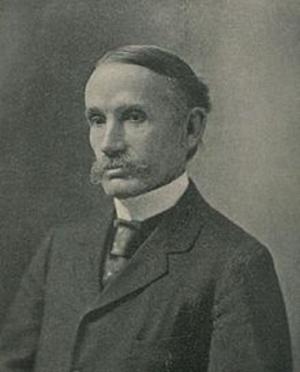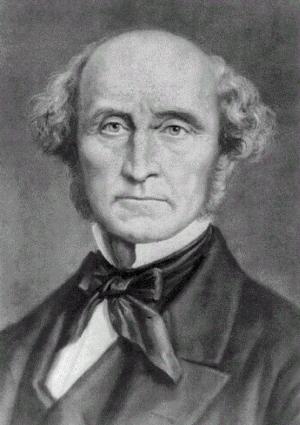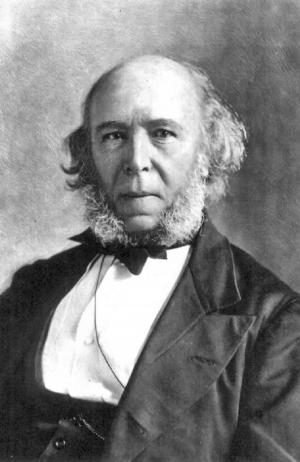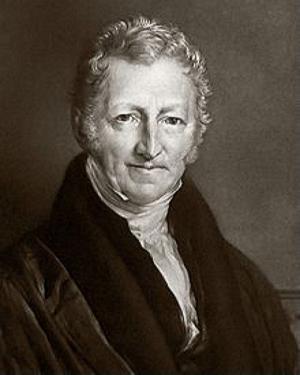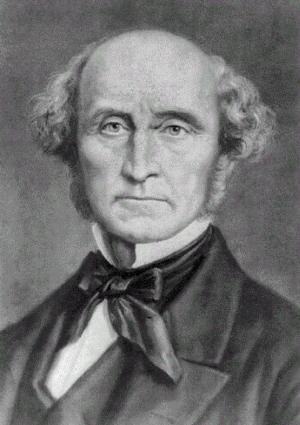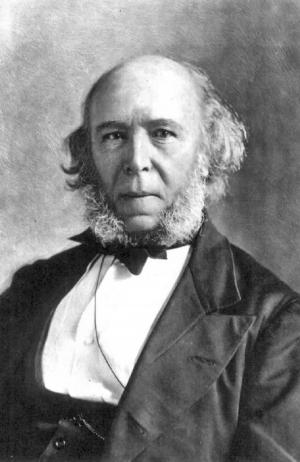David Ricardo and Thomas Malthus on Inflation (Illustrated)
Business & Finance, Economics, Macroeconomics, Theory of Economics| Author: | David Ricardo | ISBN: | 1230000273557 |
| Publisher: | AS Team | Publication: | October 12, 2014 |
| Imprint: | Language: | English |
| Author: | David Ricardo |
| ISBN: | 1230000273557 |
| Publisher: | AS Team |
| Publication: | October 12, 2014 |
| Imprint: | |
| Language: | English |
The book has an active table of contents for easy access to each chapter of the following titles:
1. The High Price of Bullion, A Proof of the Depreciation of Bank Notes – David Ricardo
2. An Investigation of the Cause of the Present High Price of Provisions – Thomas Malthus
David Ricardo and Thomas Malthus made essential contributions to classical economics and has been called the most influential classical economist along with Adam Smith, Karl Marx, and John Stuart Mill.
In addition to the theory of comparative advantage, Ricardo’s most important legacy is on the subjects of momentary theory such as metallic currency and inflation. Using the essay The High Price of Bullion, he laid out the theoretical foundation of the repeal of the Bank Restriction Act of England.
Ricardo’s first pamphlet, The High Price of Bullion a Proof of the Depreciation of Bank Notes, was published in 1810. During The French Wars from 1792 to 1815, Bank of England printed too much paper money and caused inflation in England. In the essay, he argued in favour of a metallic currency. Ricardo further told Bank of England in the essay that inflation also affected foreign exchange rates and the flow of gold.
The Bullion Committee was appointed by the House of Commons of England in 1819. At the end, the Bullion Committee confirmed Ricardo's views and recommended the repeal of the Bank Restriction Act.
The High Price of Bullion is one of the most important articles by David Ricardo to explain the relations of currency, inflation, and gold. He argued in the Essay that using metallic currency can lower inflation and stabilize currency and exchange rate.
In An investigation of the cause of the present high price of provisions, published in 1800, Malthus argued high price of bread using the concept similar to “entitlements.” In spite of his principled opposition to the poor laws, Malthus conceded that their effectiveness in transferring purchasing power to those most in need was a major reason for the limited impact of the dearth.
Malthus’s work also influenced Charles Darwin and John Keynes, two of the greatest thinkers. Charles Darwin pioneered evolution theory through his book On the Origin of Species and his theory influenced not only biology but also economics and sociology.
This is a must-read book for people who are also interested in the deepest thoughts and views about the core monetary subjects such as inflation, supply, government role, metallic currency, paper currency, and gold by David Ricardo and Thomas Malthus, two of the greatest economic thinkers on the planet.
The book has an active table of contents for easy access to each chapter of the following titles:
1. The High Price of Bullion, A Proof of the Depreciation of Bank Notes – David Ricardo
2. An Investigation of the Cause of the Present High Price of Provisions – Thomas Malthus
David Ricardo and Thomas Malthus made essential contributions to classical economics and has been called the most influential classical economist along with Adam Smith, Karl Marx, and John Stuart Mill.
In addition to the theory of comparative advantage, Ricardo’s most important legacy is on the subjects of momentary theory such as metallic currency and inflation. Using the essay The High Price of Bullion, he laid out the theoretical foundation of the repeal of the Bank Restriction Act of England.
Ricardo’s first pamphlet, The High Price of Bullion a Proof of the Depreciation of Bank Notes, was published in 1810. During The French Wars from 1792 to 1815, Bank of England printed too much paper money and caused inflation in England. In the essay, he argued in favour of a metallic currency. Ricardo further told Bank of England in the essay that inflation also affected foreign exchange rates and the flow of gold.
The Bullion Committee was appointed by the House of Commons of England in 1819. At the end, the Bullion Committee confirmed Ricardo's views and recommended the repeal of the Bank Restriction Act.
The High Price of Bullion is one of the most important articles by David Ricardo to explain the relations of currency, inflation, and gold. He argued in the Essay that using metallic currency can lower inflation and stabilize currency and exchange rate.
In An investigation of the cause of the present high price of provisions, published in 1800, Malthus argued high price of bread using the concept similar to “entitlements.” In spite of his principled opposition to the poor laws, Malthus conceded that their effectiveness in transferring purchasing power to those most in need was a major reason for the limited impact of the dearth.
Malthus’s work also influenced Charles Darwin and John Keynes, two of the greatest thinkers. Charles Darwin pioneered evolution theory through his book On the Origin of Species and his theory influenced not only biology but also economics and sociology.
This is a must-read book for people who are also interested in the deepest thoughts and views about the core monetary subjects such as inflation, supply, government role, metallic currency, paper currency, and gold by David Ricardo and Thomas Malthus, two of the greatest economic thinkers on the planet.



